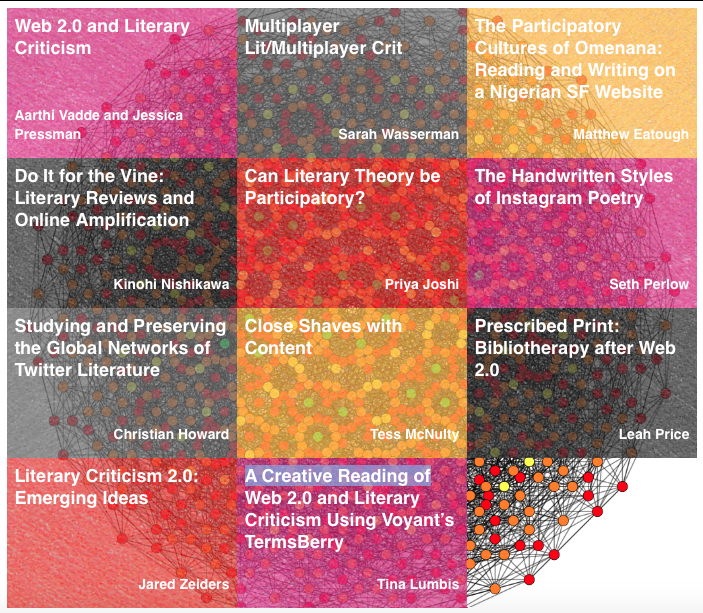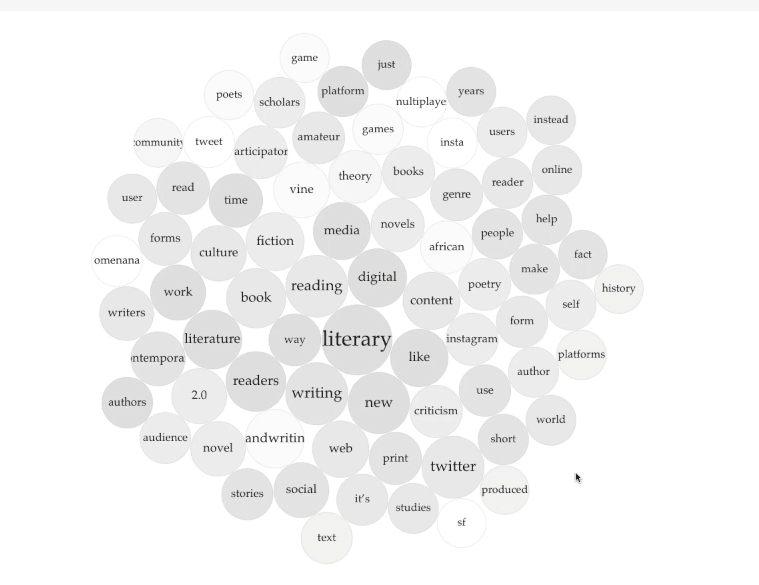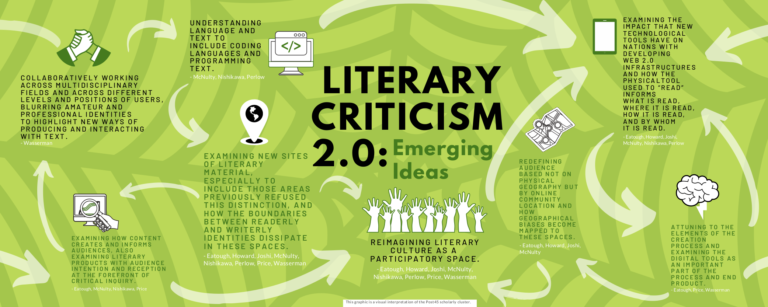The dream of many scholars is publication—the validation of knowledge attained and deeming of one’s thoughts as worthy of dissemination. As recent grads and graduate students, the future where such goals are attainable often seems distant, riding the horizon and looming just out of reach. It is with great joy that DH@SDSU is able to highlight some of the recent published scholarship of our own members in Yale’s online research journal, Post45.
Post45 represents a “collective of scholars working on American literature and culture since 1945,” as per their website. Issues and articles published on the site often focus on the digital humanities and related fields, examining intersectional topics and emerging ideas in Media Studies. This most recent issue focuses on aspects of Web 2.0 practice and how these merge with the field of Literary Criticism In an effort to enact the practice of which they are speaking, DH@SDSU Founder Jessica Pressman and Aarthi Vadde (see their article here), Associate Professor of English at Duke University, invited DH@SDSU’s own Tina Lumbis and Jared Zeiders into the project to create data visualizations of the essays included in the cluster.
Lumbis, an MFA graduate from SDSU, used data analytical software called “Termsberry” to create a visual that illustrated the depth of meaning attached to proximity when interpreting language. In her words, “Termsberry showcases connections between terms and ideas while removing the larger narrative and network of the essays. It operates through the paradigm of proximity, prompting us to consider the relationship between words and why that matters.” Be sure to check out the rest of her fascinating work here!
Zeiders, a second-year MA student of American Literature with an emphasis in the Digital Humanities, created an infographic (shown above) that revealed the linked ideas connecting the different scholars and simultaneously blurring the line between amateur and professional scholarly identities. His visualization, in his own words, “suggests… that literary criticism 2.0 must refashion itself: instead of following traditional sequential steps, it must adapt to web 2.0 structures to explore new sites of content.” You can read the article in its entirety here.
We couldn’t be prouder of the incredible work produced by our students—great job y’all!
Be sure to check out the full cluster here, and until next time, peace, love and DH!



